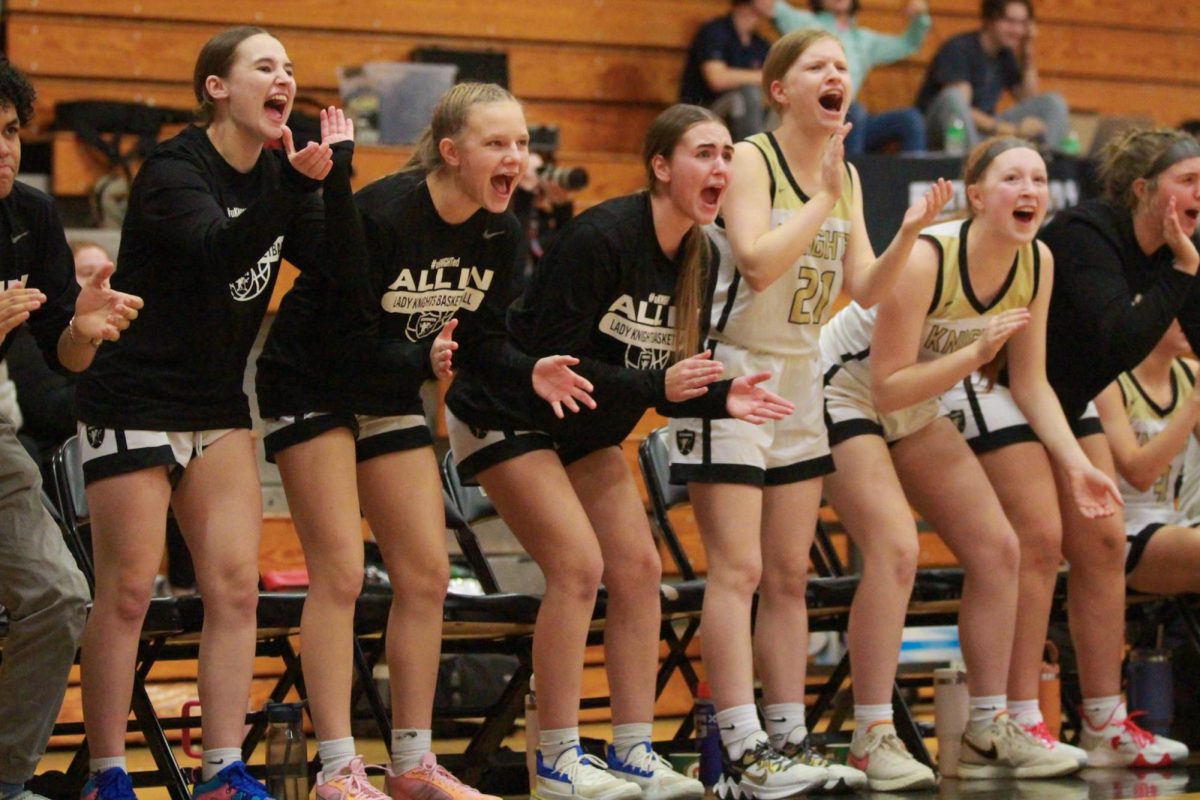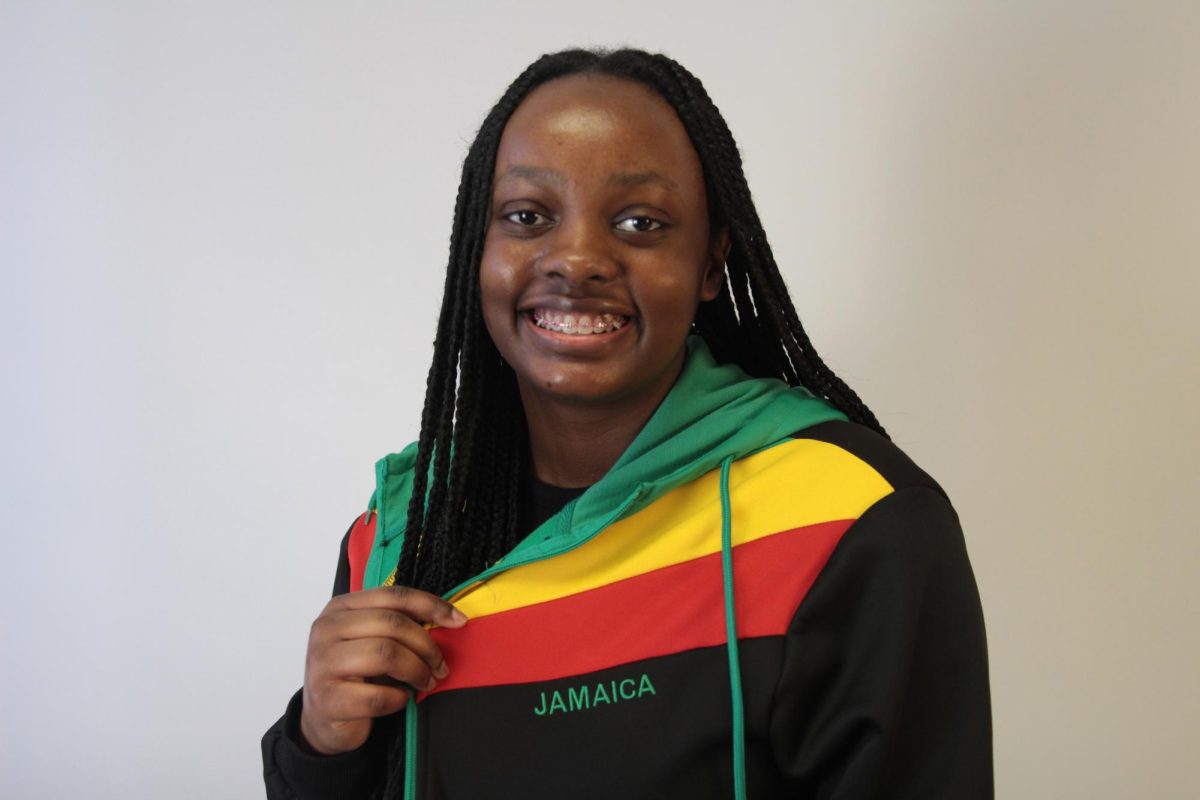Color blind. When those words are heard together, most people imagine living in a world of grey, void of color. The term is misleading; people who are “color blind” are actually just color deficient. The colors they see are on a different spectrum from the majority. Ishihara plates are tools used by eye doctors to check to see if someone’s color deficient. The Ishihara test can only check for red/green color deficiency. Anyone with normal eyesight would clearly be able to see the numbers embedded in the circles. To anyone with red/green color blindness, it appears to be a circle composed of all of the same colors.
History teacher Mike Parker was diagnosed with color deficiency at the age of 10. He struggles with differentiating shades of brown, red and green. As a kid, he used to label the colors of his clothes on his hangers to avoid mismatched outfits. Another challenge he faces is distinguishing different colors that his students shade in on maps.
“I mean, I’m color blind,” Parker said. “There’s not a whole lot I can do about it so I just go with it.”
The chances of a girl being color deficient are very slim. According to colourblindawarness.org 0.5 percent of women are born with a color deficiency. Junior Breanna Relleke is apart of that percentile. This condition is so rare in women because the mother of the child has to be a carrier of the X-linked recessive trait and the father needs to be color deficient. Breanna has a mild case of color weakness. She has trouble with varying shades of green, blue, brown and purple.
“One really common misconception is that a lot of people think color blind people only see in black and white and that’s not the case,” Breanna said. “Except for really rare situations.”
It is nearly impossible for a person to be color deficient without it running in their family. Junior Tyler Ayers is color deficient just like his uncle and grandfather. Ayers mistakes the color purple with blue and has trouble distinguishing between different shades of yellow and orange. The biggest difficulty Tyler faces with his condition is when he is working on his artwork. The colors he uses may look right to him, but to people with unaffected vision, his art may not appear the same colors as Tyler sees it himself.
“It makes my art unique,” Tyler said. “But it sucks when I run through a red light because I thought it was yellow.”
Junior Ryan Fargo also has color deficiency. He has issues with different shades of orange and green as well as the colors blue and purple. According to colourblindawarness.org 8 percent of all males are color deficient, making them much easier to come by. If a mother is a carrier, she has a 50 percent chance of passing it on to her son. The father does not have to be color blind or a carrier of the gene for this transition to happen, making people more likely to have a color deficient son than having a color deficient daughter.
“If I could have normal eyesight I wouldn’t because I’m happy with the way I am now,” Fargo said.






![FHN Boys Varsity Volleyball Team Goes Against Troy [Photo Gallery]](https://FHNtoday.com/wp-content/uploads/2024/03/IMG_7545-300x200.jpg)
![FHN Students Watch the Solar Eclipse [Photo Gallery]](https://FHNtoday.com/wp-content/uploads/2024/04/4.8.24-solar-eclipse_-300x200.jpg)

![FHN JV Boys Volleyball Beats Troy [Photo Gallery]](https://FHNtoday.com/wp-content/uploads/2024/03/IMG_7408-300x200.jpg)




![Instagram Reels Takes a Win Over TikTok After Years of Downgrades [Opinion]](https://FHNtoday.com/wp-content/uploads/2024/03/IMG_0758-e1711431070794.jpeg)
![“Lift” Fails To Take off on Netflix [Review]](https://FHNtoday.com/wp-content/uploads/2024/03/Lift_VanDyne_03.20.2024-1200x900.png)





